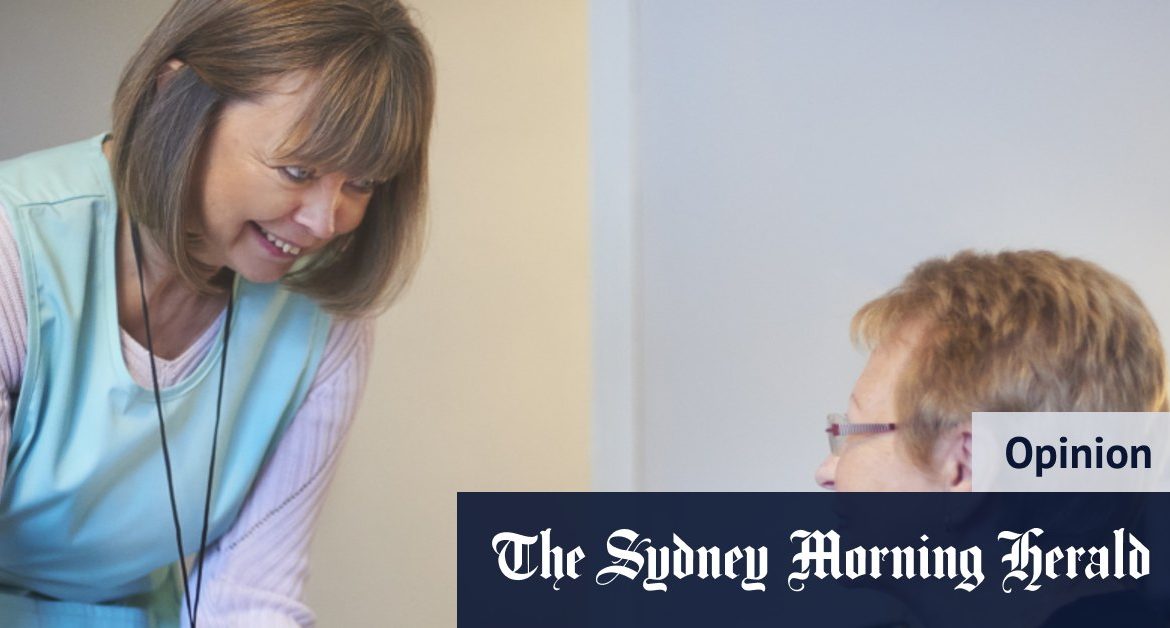The funding amounts are then added together, with additional supplements for people who need special assistance with such things as oxygen and enteral feeding. At its lowest, funding can be $0 a day and at its highest $256 a day. This amount is offset by any means-tested care fee the resident pays up to an annual cap of $28,087 and a lifetime limit of $67,410.
The accommodation funding for low-means residents depends on a number of factors, including whether the care home’s buildings are new or significantly refurbished and the ratio of low-means residents living there. Homes which keep a ratio of low-means residents above 40 per cent receive an extra 25 per cent government funding.
What is known as the accommodation supplement typically ranges between $28 a day and $58 a day. This amount is offset by low-means residents who pay an accommodation contribution, with no accommodation supplement paid for people who pay the market price for their accommodation.
Let’s look at an example of how a lack of transparency can distort a resident’s, or their family’s, sense of the true value of residential aged care.
Shirley is a low-means resident, she has $15,000 worth of investments and $2000 in personal assets. The accompanying table shows how her care costs are calculated.
Loading
There is a big difference between the price Shirley is paying of $19,000 a year and the true price of her accommodation, care and the services she receives, which total more than $95,000 a year.
While Shirley has all of her accommodation and care funded by the government, the reality is that few aged-care residents receive no government funding at all.
Many self-funded retirees, some of whom pay more than $100,000 a year towards their aged-care costs, believe they are paying for all of their care but the fact is there is likely to be tens of thousands of dollars that is also being paid by the government.
But that is the whole point. Residents and families are making value decisions about the aged care they receive based on what they pay. They don’t know the overall true price.
Without full transparency on the real price of residential aged care, it is difficult to determine if they – and the taxpayer – are getting a bang for their bucks.
Rachel Lane is the principal of Aged Care Gurus and co-author of Aged Care, Who Cares?







